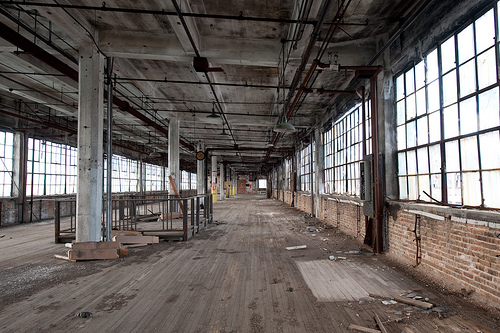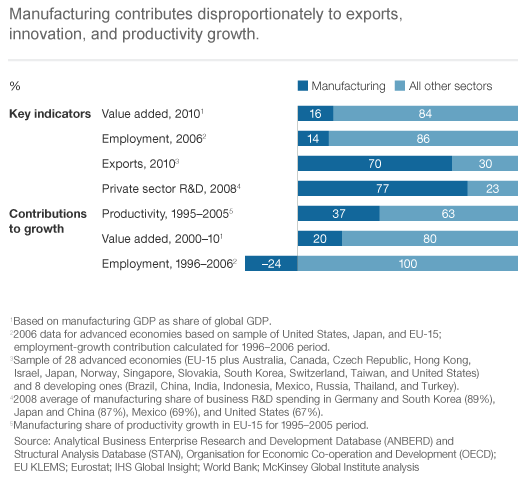
Alan Mitchell at the AFR has been gunning for productivity gains for a long time. And more power to him. In the long run it is what matters. But he is also increasingly one-eyed about where you get productivity gains. Today he attacks Prime Minister Rudd’s new focus of productivity because it features manufacturing:
Kevin Rudd’s recognition that economic reform and productivity growth are the keys to Australia’s post-mining boom prosperity should be reassuring.
But it is hard to avoid the conclusion that the Prime Minister’s initiative is more about politics than the economy.
His speech rang hollow. Yes, Australia must now look to the non-mining industries to make a bigger contribution to growth, but there is no economic justification for the Prime Minister to repeatedly put manufacturing and food processing at the top of the list.
Obviously Mitchell is right that politics is playing a role. But that does not mean that giving priority to manufacturing if your goal is productivty gains make sense. Indeed, there is plenty of evidence that a dynamic manufacturing sector accounts for a huge slice of productivity potential in all economies. And, conversely, without it, any economy will struggle to generate long term high productivity growth. Mechanisation, improved processes, innovation and technical progress are the bread and butter of productivity growth. They simply do not exist to the same extent in services, nor, for the most part, in mining (though the runoff in the boom will be very good for the next few years).
The following chart from McKinsey makes the point. Manufacturing contributes disproportionately to productivity, innovation and exports:

These out-sized gains make a country richer more quickly which is why every example of successful catch-up development – North Asia in this century or the US in the last – has focused very heavily on growing a dynamic manufacturing sector. Of course the manufacturing changes as an economy gets more expensive but the economic rationale doesn’t change.
My own view is that a strong industrial base is also essential for strategic purposes. Without putting too fine a point on it, how on earth do you plan on defending yourself without the skills and resources to manufacture defence collateral?
None of this makes the government’s stated task of growing manufacturing any easier. Nor does it mean they show any prospect of delivering policies that will actually boost the prospects for manufacturing investment. But it does show that there is a good reason to place targeting a strong manufacturing sector at the top of your list of productivity objectives.

